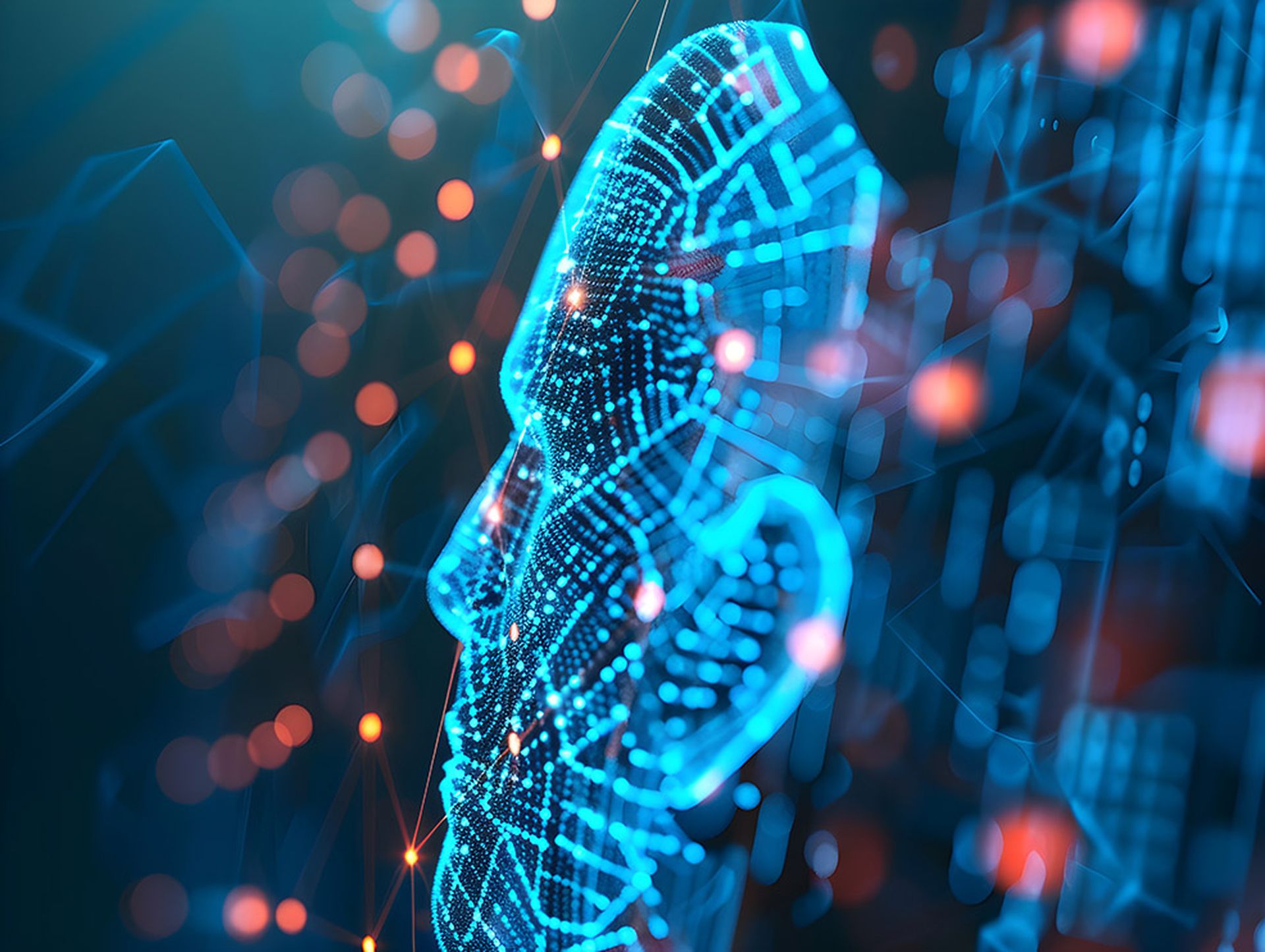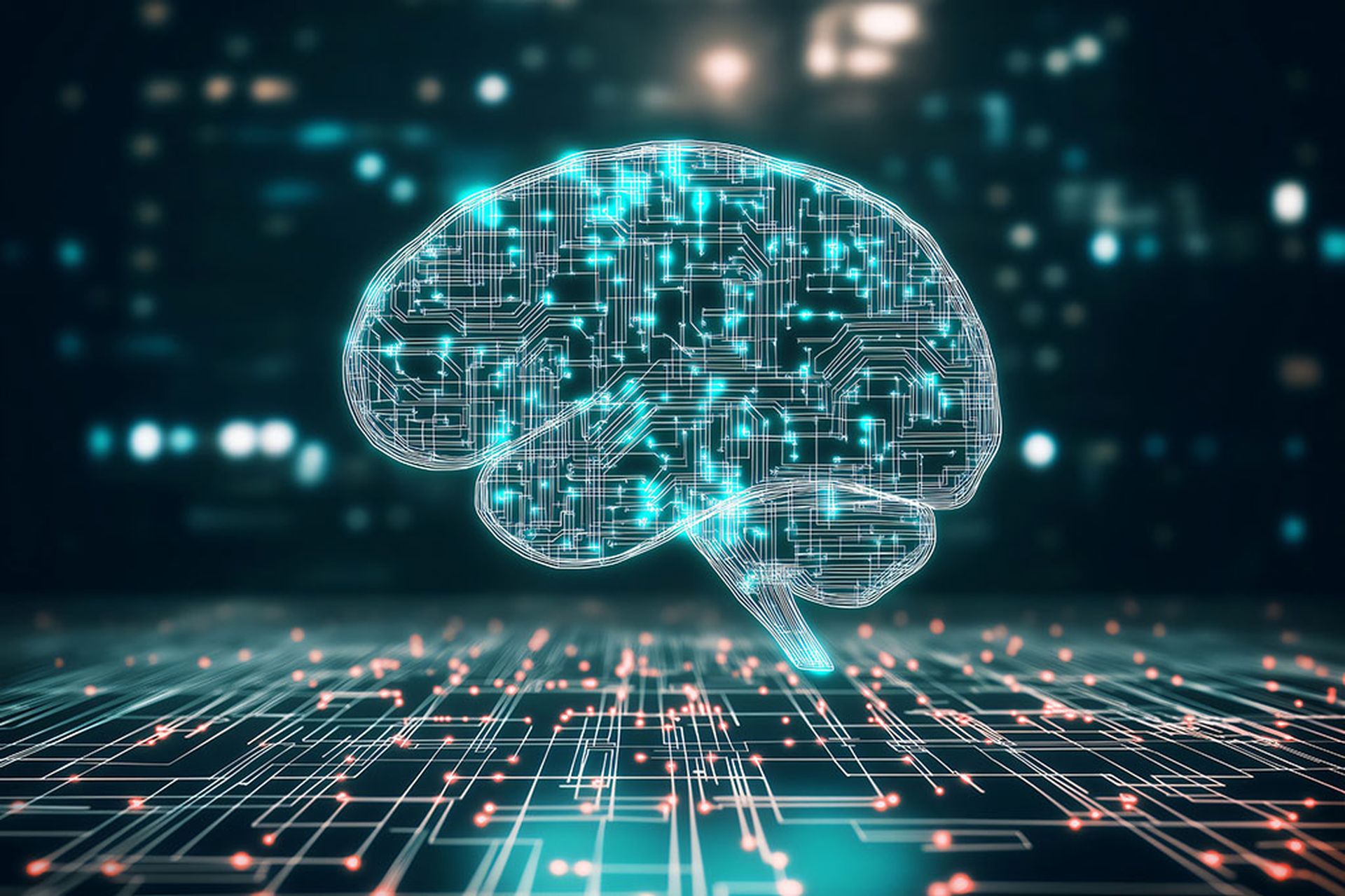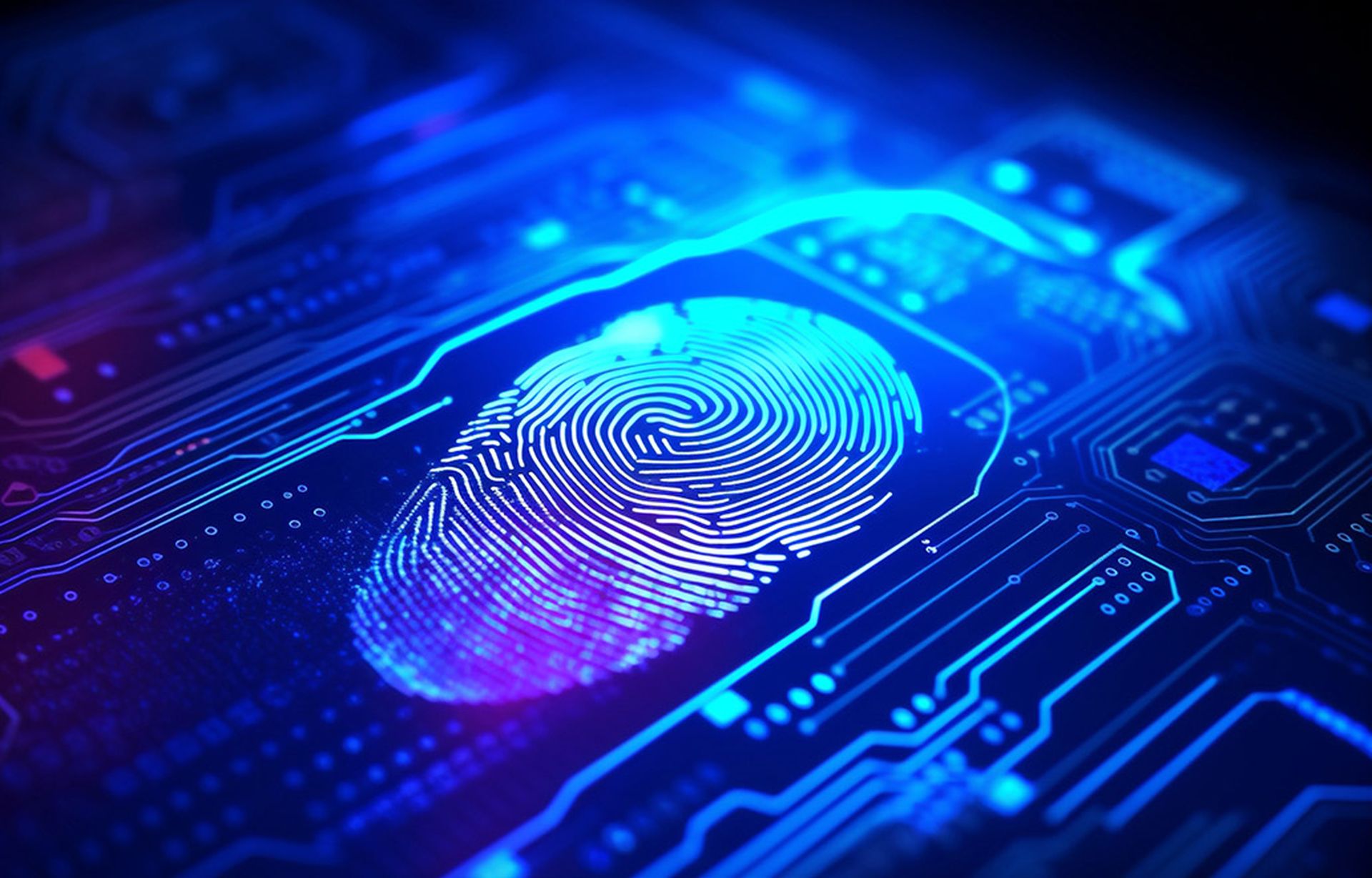Topic Hub – Artificial Intelligence
Artificial Intelligence in Cybersecurity: A Complete Guide
Quick Links
- What is Artificial Intelligence in Cybersecurity?
- What is the History of Artificial Intelligence in Cybersecurity?
- Why is Artificial Intelligence Important in Cybersecurity?
- What Are the Most Common AI-Based Cybersecurity Threats?
- What Are the Different Types of AI in Cybersecurity Solutions?
- How to Implement an Effective AI-Driven Cybersecurity Strategy
- Who Are the Key Players in AI-Driven Cybersecurity?
- Conclusion: The Future of Application Security
What is Artificial Intelligence in Cybersecurity?
Artificial Intelligence (AI) in cybersecurity refers to the use of machine learning algorithms, neural networks, and other AI technologies to enhance the detection, prevention, and response to cyber threats. AI systems can analyze vast amounts of data, identify patterns, and make decisions autonomously, enabling faster and more effective protection against cyberattacks.
Artificial intelligence (AI)/machine learning (ML) covers a broad range of technologies, from predictive AI that can recognize patterns, classify objects and make decisions, to generative AI (GenAI) such as OpenAI’s ChatGPT, which can produce text, images, code and more. AI models are trained on large datasets in processes that allow them to learn from patterns and relationships between data and labels. This training enables them to understand inputs and generate outputs that resemble what they have been trained on, whether that be writing styles, images, code, etc.

The AI arms race
Cybersecurity is the stage for AI’s next big breakthrough. Generative AI like ChatGPT and other large language models has blurred the lines between…
What is the History of Artificial Intelligence in Cybersecurity?
The integration of AI in cybersecurity began as early as the 1990s, with the development of basic rule-based systems for intrusion detection. As AI technology advanced, it became possible to develop more sophisticated tools capable of learning from data and improving over time. The rise of big data, cloud computing, and increased cyber threats in the 2010s accelerated the adoption of AI in cybersecurity, leading to the deployment of AI-driven solutions in threat detection, anomaly detection, and automated response systems.
AI has been used in cybersecurity applications for many years, but the boom in popularity of GenAI following the launch of ChatGPT in November 2022 has changed perceptions of AI tools in the security sphere. In the past few years, cyber defenders have seized the opportunity to integrate new AI technologies into a range of security solutions covering threat detection, malware analysis, vulnerability management and more. Meanwhile, threat actors have also leveraged the technology to boost their productivity, mostly through AI-generated phishing content, including deepfakes.
Why is Artificial Intelligence Important in Cybersecurity?
AI is crucial in cybersecurity because it enables organizations to stay ahead of increasingly sophisticated cyber threats. Traditional security measures often struggle to keep up with the volume and complexity of modern attacks. AI can process and analyze data at scale, detect threats in real-time, and respond to incidents faster than human analysts, reducing the risk of breaches and minimizing damage.
Artificial Intelligence Briefs
What Are the Most Common AI-Based Cybersecurity Threats?
- Adversarial AI: Attackers may attempt to deceive AI systems by feeding them manipulated data, causing them to make incorrect decisions.
- AI-Powered Attacks: Cybercriminals are increasingly using AI to automate and enhance their attacks, such as phishing, malware distribution, and social engineering.
- Data Poisoning: Attackers introduce malicious data into AI training datasets, corrupting the model’s learning process and leading to incorrect classifications or actions.
- Model Inversion: Techniques used by attackers to infer sensitive information about the training data used in an AI model.
- Educating Developers: Training developers on secure coding practices and the latest security threats to prevent vulnerabilities from being introduced.
How to combat AI-produced phishing attacks –>
- Deepfakes: Deepfakes are AI-generated imitations of a person’s likeness, such as their voice or face in a video. These digital imitations are only becoming more convincing, and have been leveraged in both mass phishing campaigns, such as those mimicking the voices of celebrities and politicians, and spearphishing attacks using the faces and voices of coworkers to convince employees to fork over millions of dollars. Deepfakes can also pose a risk to biometric identify verification systems, such as those that use face scans or voice analysis for verification.
The threat of deepfakes to remote identity verification systems –>
Artificial Intelligence Headlines
What Are the Different Types of AI in Cybersecurity Solutions?
- Threat Intelligence: AI systems analyze global threat data to identify emerging trends, malware signatures, and attack patterns, providing organizations with actionable insights.
- Behavioral Analytics: AI models monitor user and network behavior to detect anomalies that may indicate malicious activity, such as insider threats or compromised accounts.
- Automated Incident Response: AI-driven systems can autonomously respond to detected threats by isolating affected systems, blocking malicious traffic, and initiating remediation efforts.
- Malware Detection: Machine learning algorithms are used to identify and classify new and unknown malware based on their behavior and characteristics.
- Fraud Detection: AI is used to detect and prevent fraud in real-time by analyzing transaction data and identifying suspicious activities.
How to Implement an Effective AI-Driven Cybersecurity Strategy
Implementing AI in cybersecurity requires careful planning, continuous monitoring, and regular updates to ensure effectiveness. Key components include:
- Integrating AI with Existing Security Infrastructure: AI should complement, not replace, existing security tools and processes. Integration ensures that AI enhances overall security posture.
- Continuous Learning and Model Updates: AI models must be regularly updated with new data to adapt to evolving threats and maintain their accuracy and effectiveness.
- Ethical AI Use: Organizations should establish guidelines to ensure that AI is used ethically and that bias in AI models is minimized.
- Training Security Teams: Educating security professionals on AI technologies and their applications in cybersecurity is essential for effective implementation and management.
- Monitoring AI Systems: Continuous monitoring of AI-driven security systems is necessary to detect and address any anomalies or issues that may arise.
- Educating Developers: Training developers on secure coding practices and the latest security threats to prevent vulnerabilities from being introduced.
How AI can make security more proactive and less reactive –>
Related Webcasts
Who Are the Key Players in AI-Driven Cybersecurity?
Several companies are leading the development and deployment of AI in cybersecurity, including:
- Darktrace: Pioneers in the use of AI for autonomous threat detection and response through their “Enterprise Immune System.”
- CrowdStrike: Employs AI to enhance endpoint protection and threat intelligence, with a focus on proactive threat hunting.
- Cylance (BlackBerry): Known for using AI and machine learning to prevent malware and ransomware attacks before they can execute.
- FireEye: Combines AI with threat intelligence to detect and respond to advanced persistent threats (APTs) and other sophisticated attacks.
- Palo Alto Networks: Integrates AI into its cybersecurity offerings to enhance network security, threat detection, and automated response.
Conclusion: The Future of Artificial Intelligence
The future of AI in cybersecurity is promising, with AI expected to play an increasingly central role in defending against cyber threats. Advances in AI, such as explainable AI and federated learning, will address current challenges and make AI systems more transparent and secure. As cyber threats continue to evolve, organizations must leverage AI’s capabilities to maintain a strong security posture, ensure compliance with regulations, and protect their digital assets from emerging risks.
Explore More Topics
You can skip this ad in 5 seconds












